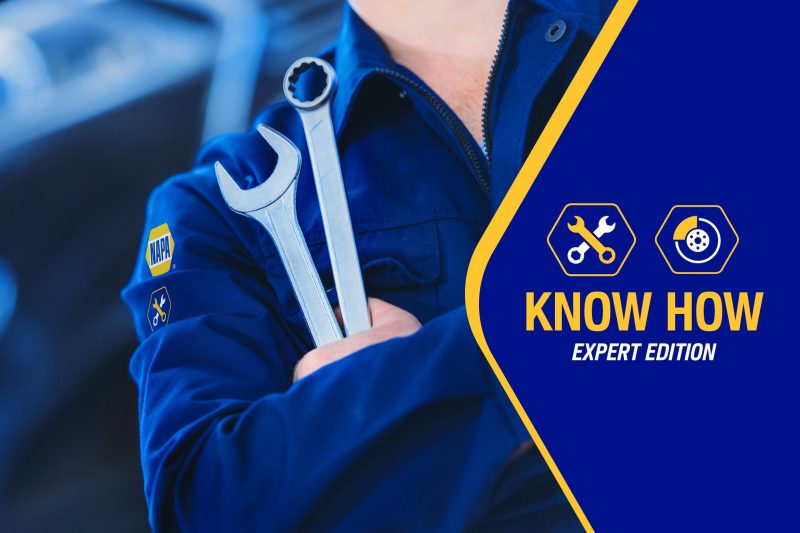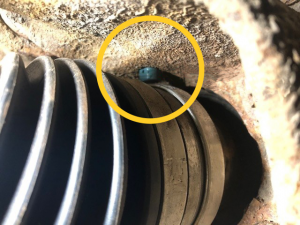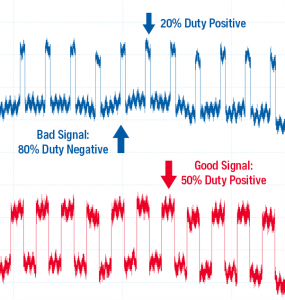
Know How – Expert Edition – ABS Dropout
11 Aug 2021
Category:
With Tim Stock
Tim is well-known in the automotive aftermarket for his wealth of experience and expertise in all things repair-related. In this Expert Edition article, he will be recounting a recent customer issue brought to the NAPA technical line concerning a cyclic drop in a vehicle’s Anti-Lock Braking System (ABS) signal and how it can be rectified. To find out more about NAPA braking products, contact the NAPA braking helpline at 0117 428 8090.
INTRODUCTION
The ABS may be tremendously helpful for giving you more control over a vehicle’s handling and braking, but – as with any vehicle system – there is always a chance of an error that seems more difficult to diagnose than it is. In a recent case, a cyclic drop in the ABS signal gave an experienced installer some pause. Fortunately, NAPA Know How was able to find a solution to the problem.

SPEED SENSORS
In this particular instance, the ABS error originated in the rear speed sensors, though any speed sensor could be responsible for signalling the fault. A survey of the rear sensor signals revealed a cyclic signal drop every 44 teeth in the right-hand rear sensor with a “tone ring missing tooth” error message. Upon attempting a traditional mechanical repair, however, the installer encountered two key obstacles:
- The tone ring was enclosed, making visual inspection impossible.
- Replacing the driveshaft did not resolve the signal dropout.
SIGNAL INSPECTION
When dealing with this type of error, a close inspection of the bad sensor trace will likely reveal a disparity between its duty and the duty of the correct sensor trace. If this is the case, take the following steps:
- Swap the sensor producing a bad trace to the loom of the sensor producing the correct trace.
- If the bad trace transfers with the swapped sensor, you have found the fault – replace the sensor with a new one.
- Finally, perform a signal reading (and possibly a road test) to ensure the replacement fixed the issue.

In our case study, the ABS module was detecting the signal error and resetting the ground every 44 teeth. The routine of the dropout suggested that a module would have been responsible. Approaching ABS faults from this perspective can speed up diagnosis.
DID YOU KNOW?
Passive sensors generate their own voltage to produce an alternating current, while the more common active sensors switch a direct voltage. In diagnosing either sensor type, it is essential to understand modern oscilloscopes.
Become a NAPA Stockist Download PDF Guide
Fuel Filter Fitment Guide - NFF2122
When replacing the fuel filter, it’s important to ensure correct fitment is followed. Keep the...
Read MoreToyota Hilux Clutch Fitment Guide
When undertaking a clutch replacement, it’s important to ensure correct fitment is followed for the...
Read MoreJaguar Wear Sensor Fitment Guide
When fitting new brake pads, it’s important to also fit new braking accessories like wear...
Read More